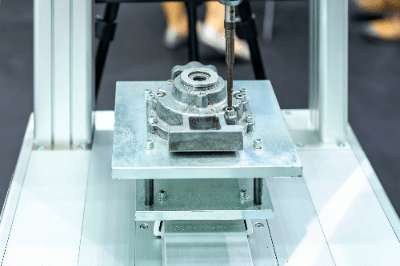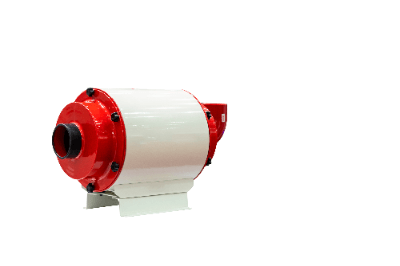What Is Grinding Machinery?
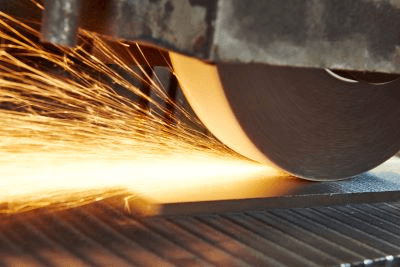 Grinding machinery (grinder) is a machine tool for precision finishing by grinding the surface of a workpiece by bringing the workpiece into contact with a grinding wheel rotating at high speed. There are many types of grinders, depending on the combination of the motion of the grinding wheel and the workpiece. There are many types of grinders, such as for inner and outer diameters of cylinders, for flat surfaces, and for gears.
Grinding machinery (grinder) is a machine tool for precision finishing by grinding the surface of a workpiece by bringing the workpiece into contact with a grinding wheel rotating at high speed. There are many types of grinders, depending on the combination of the motion of the grinding wheel and the workpiece. There are many types of grinders, such as for inner and outer diameters of cylinders, for flat surfaces, and for gears.
Grinding machinery is characterized by its ability to machine even hard materials such as hardened steel and special alloy steel, which are difficult to machine by ordinary cutting methods. Those that perform machining by precisely adjusting the machining volume through machine operation are called mechanical grinding machinery, and are distinguished from free grinding machinery, the so-called grinders.
Uses of Grinding Machinery
Grinding machinery is mainly used for finishing the surface of workpieces. After primary and secondary machining to shape and precision by cutting, grinding is performed to finish the dimensions and surface properties of the workpiece with even higher precision.
Examples include crankshafts, camshafts, gears, screws, splines, tools, jig grinding, and rollers. They are also used for processing glass, jewelry, and ceramics.
Principle of Grinding Machinery
Grinding machinery uses a grinding wheel to remove the surface of the workpiece for high-precision machining. The grinding wheel used is made of abrasive grains solidified with a bonding agent, and has numerous pores inside. The abrasive grains act as cutting edges during machining, and they peel off from the bonding agent during machining and are discharged together with chips.
Grinding machinery can produce very clean work surfaces because the stripping and ejection process is constantly repeated and new abrasive grains are always used. Grinding machinery performs high-precision machining with a very small depth of cut. Since grinding is done repeatedly with a high peripheral speed grinding wheel, a large amount of heat is generated.
For this reason, the grinding wheel is continually cooled by pouring a processing fluid or other means. Grinding Machinery requires only a small depth of cut, so it has the disadvantage of taking longer machining time than other machining methods.
Types of Grinding Machinery
There are several types of grinding machinery depending on the purpose of grinding and the shape of the workpiece.
1. Surface Grinding Machinery
The workpiece is fixed to a table that moves in the front-back and left-right directions. The flat surface of the workpiece is then ground with a rotating grinding wheel.
2. Cylindrical Grinding Machinery
The periphery of a cylindrical workpiece is ground. The workpiece is moved left to right and the grinding wheel is moved up and down. Both the grinding wheel and the workpiece are rotated at high speed while grinding the outer circumference.
3. Internal Grinding Machinery
The internal surface of a cylindrical workpiece is ground. The fixed workpiece is rotated at high speed and grinding is performed with a grinding wheel inserted into a hole in the workpiece.
4. Centerless Grinding Machinery
Centerless grinders grind cylindrical or cylinder-shaped workpieces and are also called a centerless grinding machinery. The workpiece is ground by placing it between two grinding wheels with different rotation speeds. Since the workpiece can be moved in the axial direction for continuous operation without being fixed, it has the advantage of higher productivity.
Other Information on Grinding Machinery
1. Grinding Machinery Grinding Wheels
A tool called a grinding wheel is required for the grinding process using a grinding machinery. The grinding wheel has three elements: abrasive grains, bonding agent, and pores. The abrasive grains are used to scrape away the abrasive grains and worn abrasive grains naturally drop off and new abrasive grains appear on the surface.
The abrasive grains work to scrape the object. The bonding agent binds the abrasive grains and adjusts the performance of the grinding wheel. Pores help to discharge chips to prevent clogging and to reduce the heat generated by the grinding wheel.
Abrasive grains are particles of hard materials used to cut metals and difficult-to-cut materials. Alumina (aluminum oxide) and silicon carbide are generally used. Alumina is used for grinding steel and nonferrous metals, while silicon carbide is used for nonferrous metals. Diamond or CBN (cubic boron nitride) abrasive grains are used for hard-to-cut materials.
The bonding agent is an adhesive used to harden abrasive grains. There are three types of bonding agents: ceramic-based, resin-based, and metal-based. Select a grinding wheel made of the material that best suits the processing purpose, such as “vitrified” (ceramic-based) for precision grinding, “resinoid” (resin-based) for a wide range of grinding and finishing operations, and “metal” (metal-based) for rough grinding and cutting.
2. Chuck of Grinding Machinery
The chuck used to attach the workpiece to the grinding machinery depends on the type of grinding machinery. Surface grinding machinery is used to cut rectangular materials, so the chuck is a table type. The workpiece is fixed by sucking it with a magnetic chuck, such as a magnet or a vacuum chuck.
In the case of cylindrical grinding machinery, both centers of the material are fixed in place in order to process a cylindrical workpiece to reduce its diameter. In the case of an internal grinding machinery, the end of the material is attached to a three- or four-jaw chuck, as on a lathe, for machining.
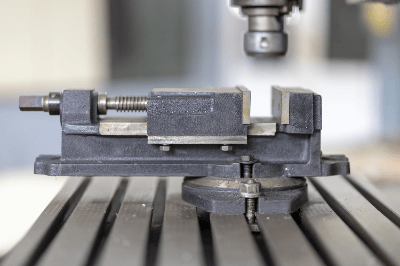
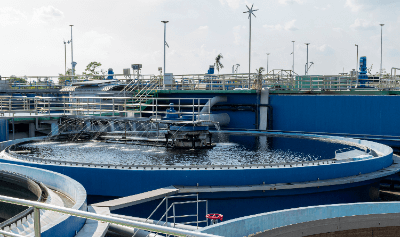 Used wastewater treatment equipment purifies effluent discharged from industry, agriculture, and other industries, as well as from sewage and other human waste.
Used wastewater treatment equipment purifies effluent discharged from industry, agriculture, and other industries, as well as from sewage and other human waste.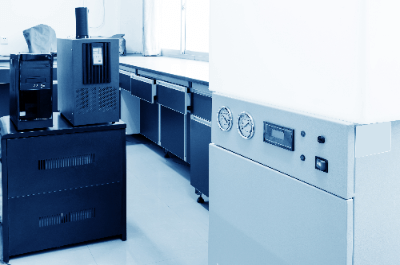 An ultrapure water system is a device that produces ultrapure water. Natural water and tap water contain various salts and organic matter and are not ultrapure. In research and development, these impurities are likely to affect the results of experiments. In the manufacturing industry, impurities in water can affect product quality. Therefore, in these fields, ultrapure water from which impurities have been removed is used.
An ultrapure water system is a device that produces ultrapure water. Natural water and tap water contain various salts and organic matter and are not ultrapure. In research and development, these impurities are likely to affect the results of experiments. In the manufacturing industry, impurities in water can affect product quality. Therefore, in these fields, ultrapure water from which impurities have been removed is used.